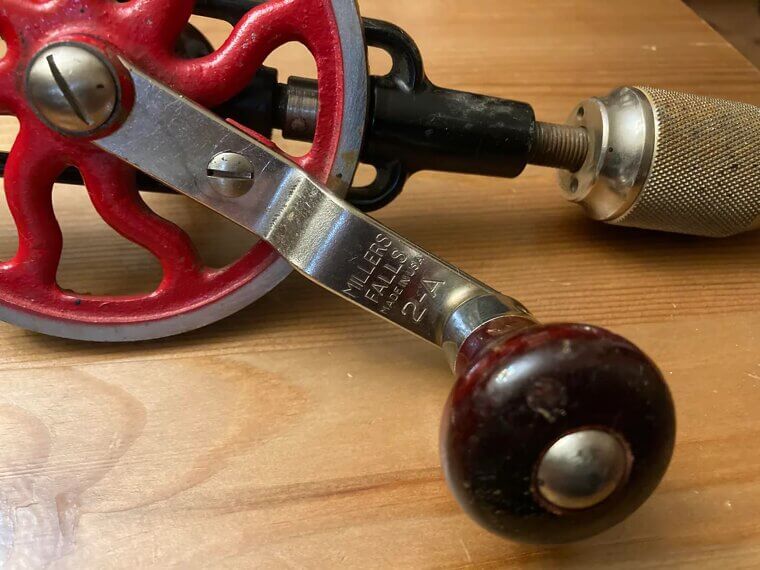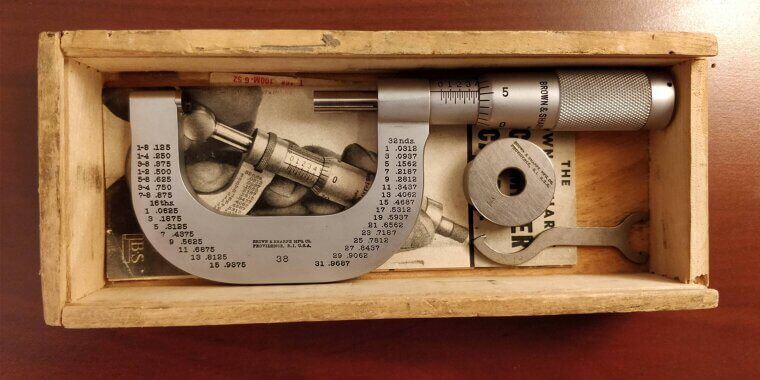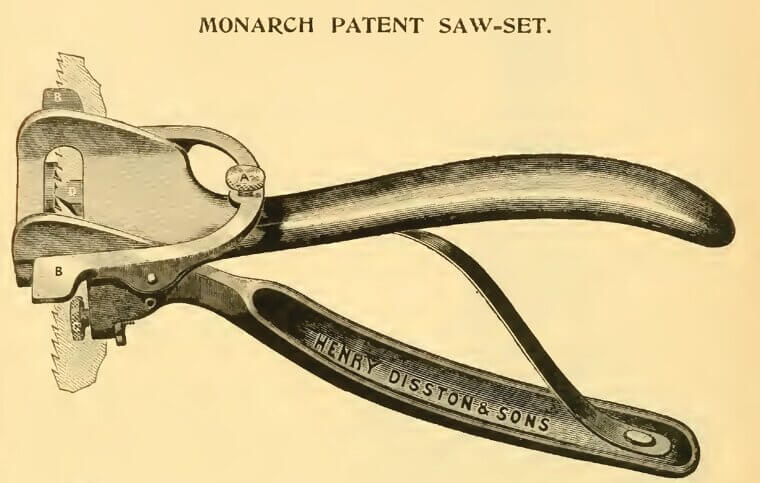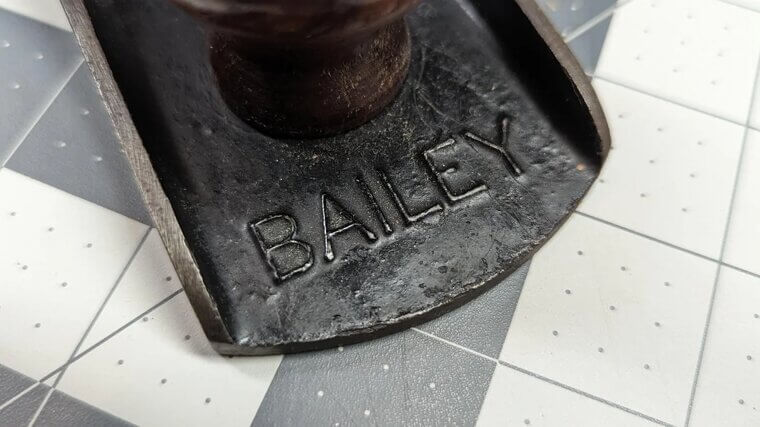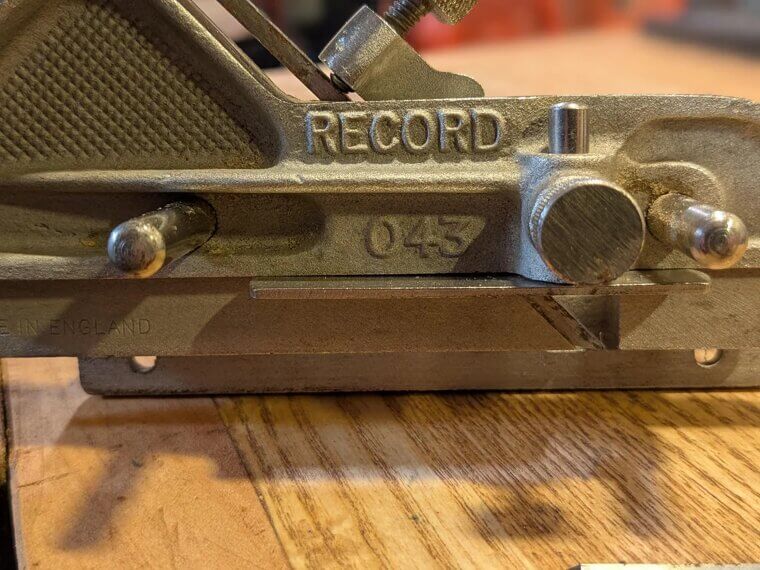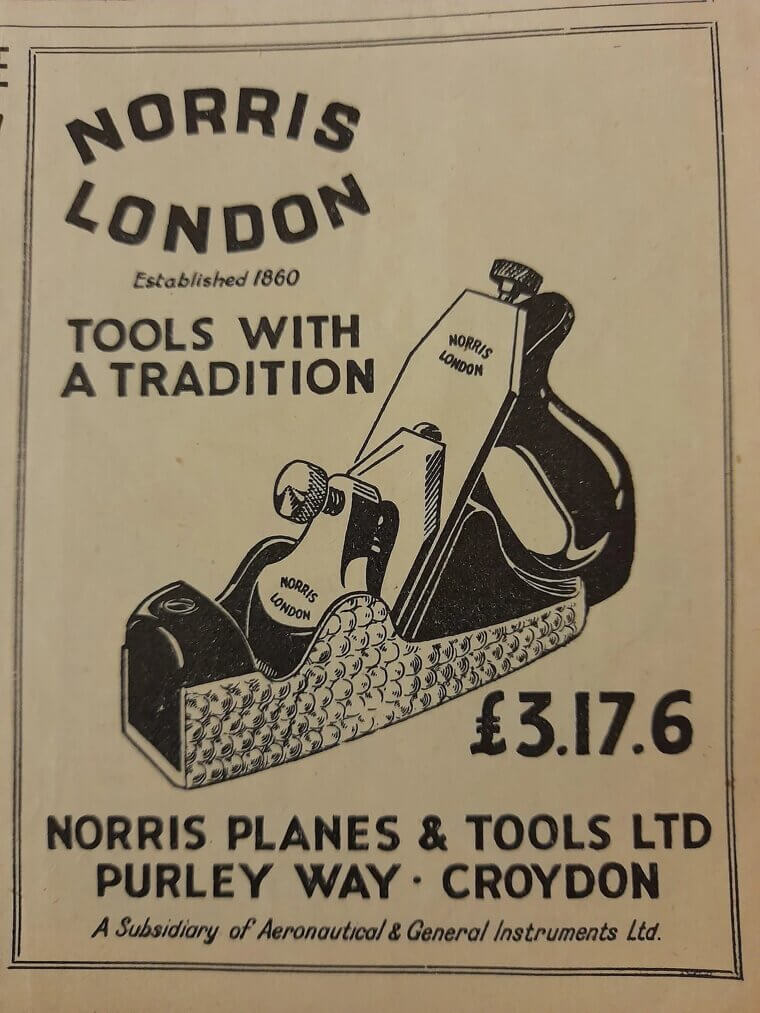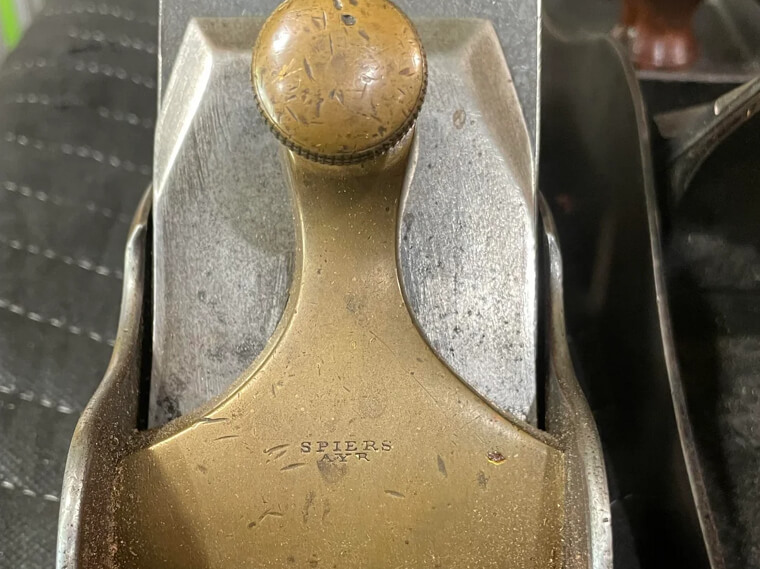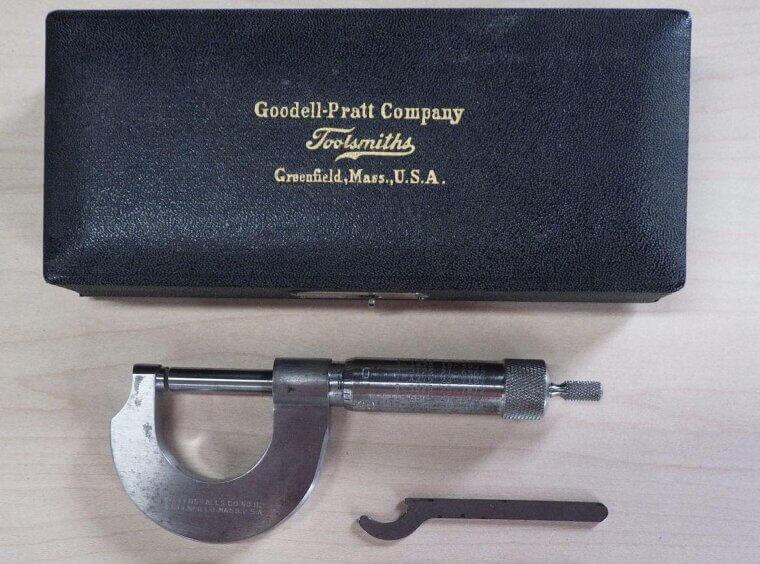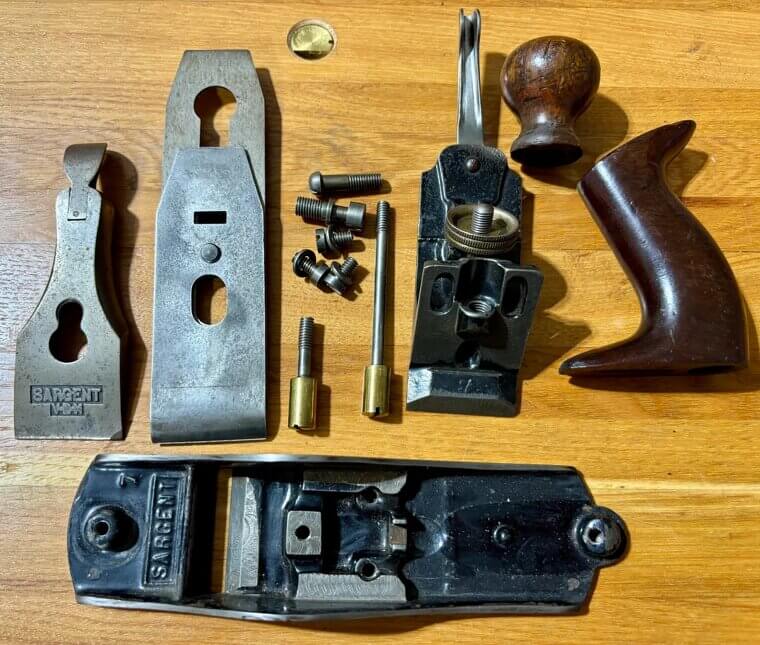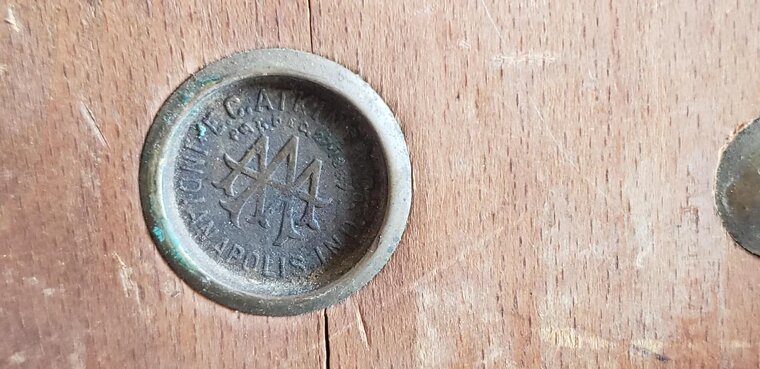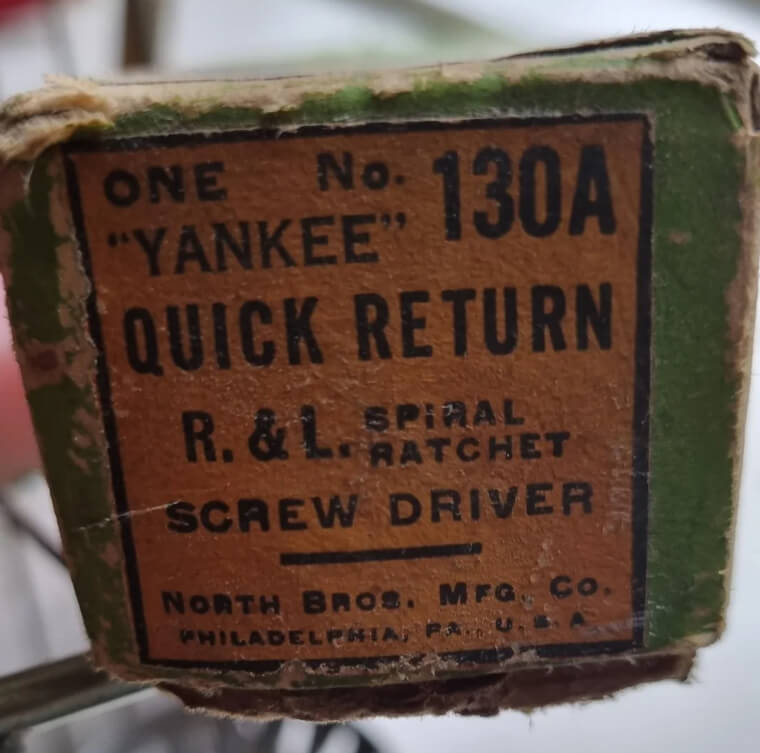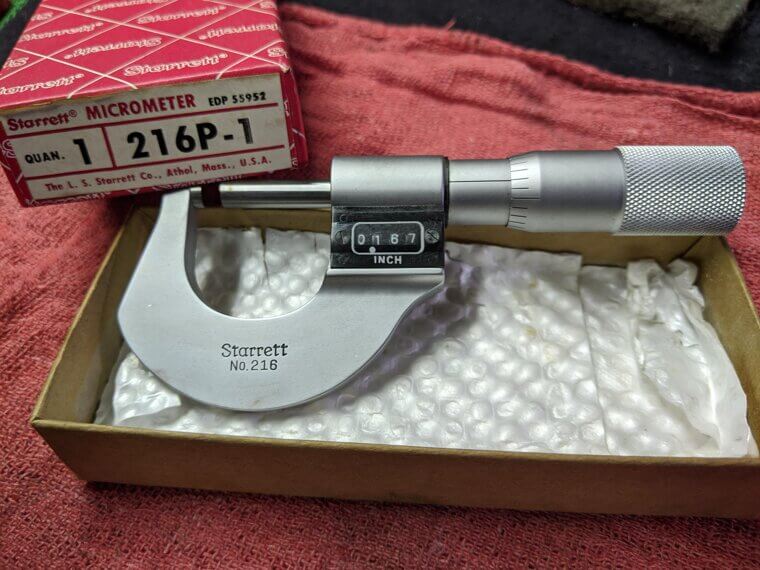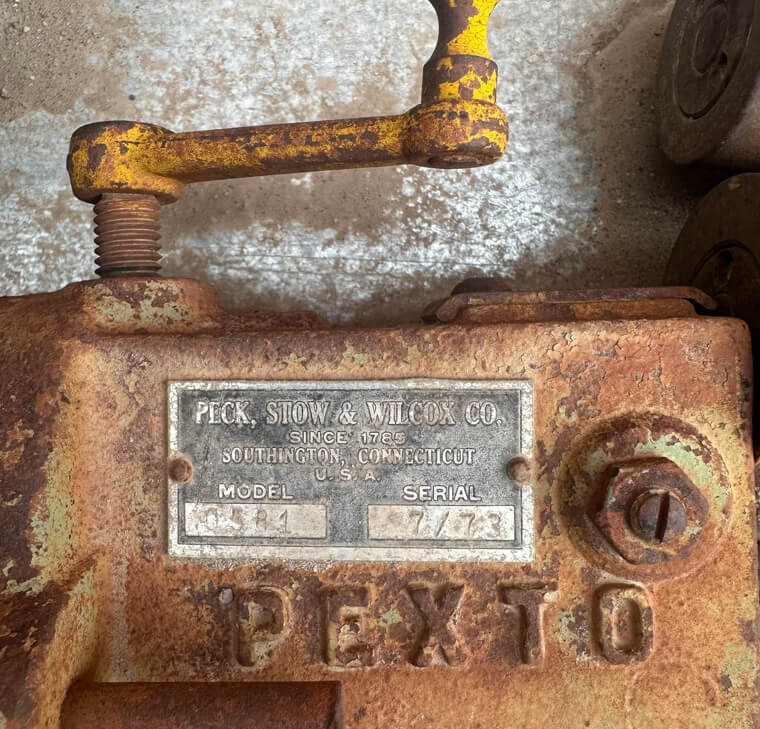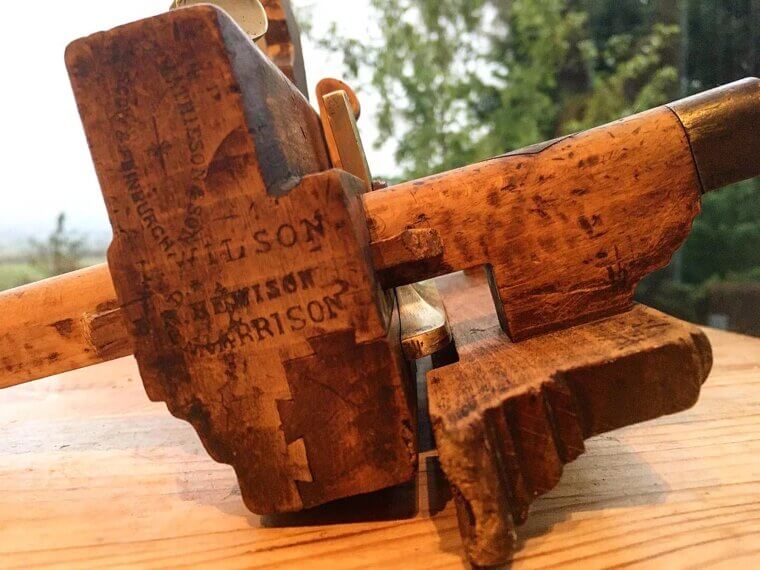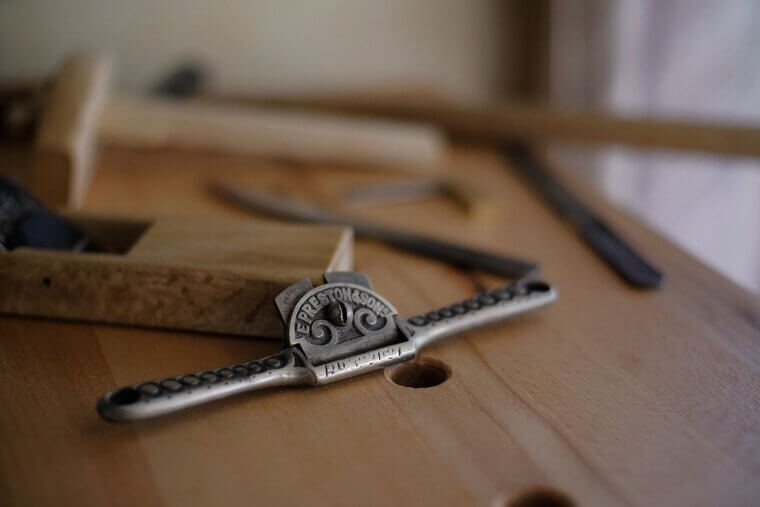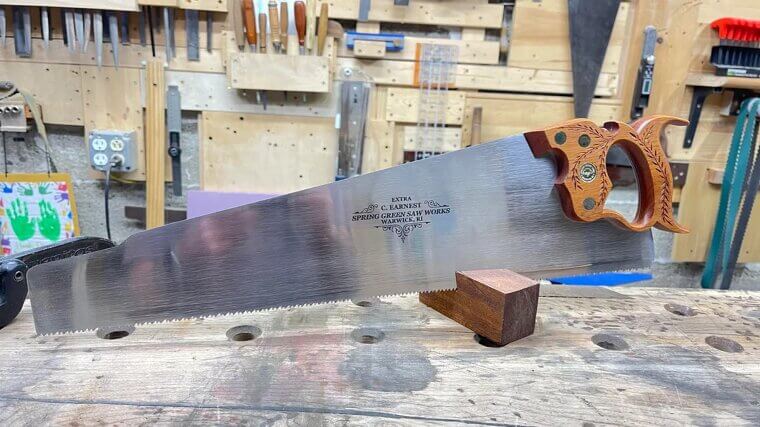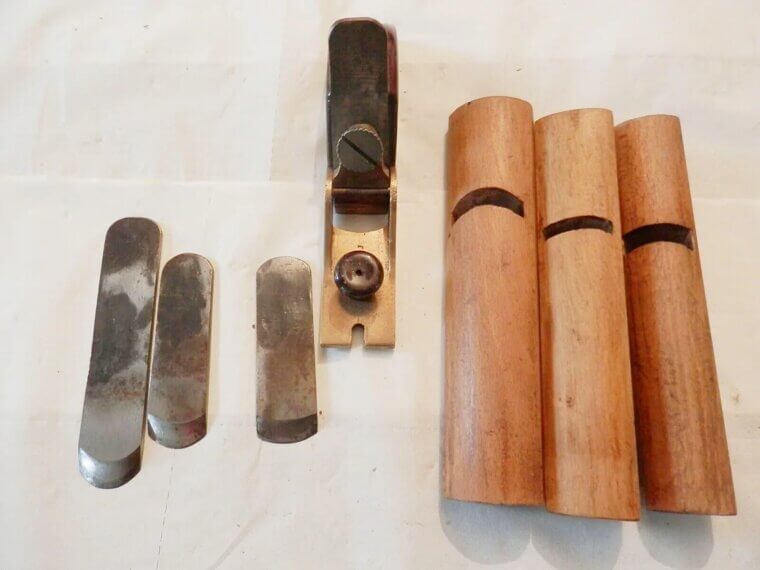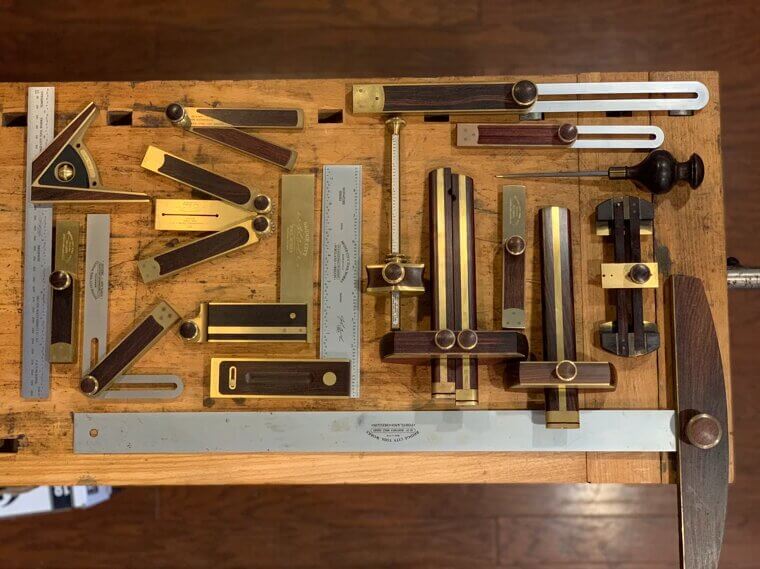Millers Falls Company
Vintage Millers Falls braces and hand-drills carry the kind of craftsmanship you don’t see in modern mass tools. While many show up cheap (e.g., $20–$30 lots of chisels), there are sets and rare hand-drills that easily climb into the $150–$400 realm when they’re in near-mint condition.
Brown & Sharpe
The immense value of vintage Brown & Sharpe tools lies in their uncompromising accuracy and foundational significance. They weren't just toolmakers; they invented standards, like the first widely successful micrometer caliper in the U.S. and the Vernier caliper. Collectors pay top dollar for their micrometers, dial test indicators, and combination squares from the early to mid-20th century.
Disston (Henry Disston & Son)
If you found a Disston saw with a crisp medallion and minimal rust, you might have stumbled on something worth $250 to $500+, depending on model and condition. Their pieces from the late 1800s are considered museum-worthy, especially those with ornate handles or rare plate markings.
Stanley (Bailey-Era Models)
When a Stanley plane bears the “Bailey” stamp and dates from the early 1900s, it’s more than just a tool; it’s a slice of woodworking history. Examples in excellent condition have sold for $500–$700 or more, particularly if they retain original adjustments and minimal wear. So yes, that dusty plane might be more than a shop prop.
Why are these classic British planes and vises now worth a significant amount of money?
Why are these classic British planes and vises now worth a significant amount of money?
Record (Record of Sheffield)
From Sheffield, UK, comes Record, making planes and edge tools that collectors genuinely covet. Their famous bench planes and their ridiculously solid vises can fetch a substantial amount of money, especially those original blue-painted vises. They are so durable that they often outlive the benches they are bolted to!
Norris (Norris of London)
Considered to be the Rolls-Royce of planes, the value of a vintage Norris plane is all about uncompromising quality and extreme rarity. Today, a pristine pre-World War II dovetailed Norris plane can easily fetch hundreds or even thousands of dollars. If you ever spot one, hold the phone.
Spiers (Stewart Spiers of Ayr)
Hailing from Scotland, Spiers defined the "infill" plane style, setting the standard that even Norris followed. Like Norris, many Spiers planes were built with dovetailed steel construction, meaning the body wasn't a cheap single casting, but meticulously assembled.
Collectors go crazy for the next brand's classic drills and precision tools!
Collectors go crazy for the next brand's classic drills and precision tools!
Goodell-Pratt
Before they were acquired by Millers Falls, Goodell-Pratt produced precision tools that looked more like miniature art pieces than hardware. A pristine hand drill or machinist tool from them can fetch $150–$350, depending on rarity. Collectors love their brass fittings and wooden handles, which age into that perfect warm patina that can’t be faked.
Sargent & Co.
Sargent was the quiet competitor to Stanley, and even though it bragged less, it had the same quality. Many of their woodworking planes now sell for $200–$600, sometimes more if they’re rare or unpolished originals, and you can practically feel the pride of old American manufacturing in their weighty design.
Simonds
Simonds made saws so fine that they became the “gentleman’s alternative” to Disston. The company eventually moved into industrial blades, but their early handsaws make for great collectibles, often fetching prices between $150 and $400. The older etchings, the better. Their logo, a lion wielding a sword, still feels appropriately smug for something that cuts wood this well.
There’s a reason why the famous "Silver Steel" saws are highly sought after today…
There’s a reason why the famous "Silver Steel" saws are highly sought after today…
Atkins (Atkins & Sons)
E.C. Atkins & Co. saws, especially those from their Indianapolis heyday, are valuable for one big reason: their legendary "Silver Steel" blade. Collectors look for rare etchings on the blade and specific, early medallions on the applewood handles. Original handsaws with crisp medallions can fetch $100–$300, but early “Perfection” models have even sold for over $500.
North Bros. (North Brothers Mfg. )
If you have ever used a “Yankee” push drill, you’ve handled North Bros’ legacy. These quirky spiral screwdrivers now sell anywhere between $80 and $250, depending on the model. Stanley eventually purchased the design, but the originals have a sturdier, old-world feel that collectors just can’t resist.
Starrett (L. S. Starrett Co. )
Old Starrett tools are still so precise that you can measure your patience waiting for one to sell. Vintage calipers, bevels, and rules from the early 1900s go for $100–$400, though rare boxed sets can double that. Collectors and modern machinists pay top dollar for old, Made in USA pieces because the materials and meticulous finishing often surpass those of today’s mass-produced alternatives.
Pexto (Peck, Stow & Wilcox Co. )
The incredible value of vintage Pexto (Peck, Stow & Wilcox Co.) lies not in its small hand tools (though those are cool!) but in its sheet metal machinery. They were pioneers, and their heavy-duty brakes, shears, and punches from the early to mid-20th century are worth thousands of dollars today.
Mathieson (Alexander Mathieson & Sons)
The big bucks in vintage Mathieson tools are tied to their massive scale of production and their unparalleled quality for trades outside of general carpentry. While their lovely wooden and infill planes are highly sought after, the real rare finds are their specialized tools for shipbuilding, coopers (barrel makers), and tinsmiths, which are incredibly scarce today.
Preston (Edward Preston & Sons)
The value of vintage Edward Preston tools, particularly those from their Birmingham heyday (pre-1932), stems from their innovative and unique designs, which were so good that others later copied them. Collectors pay top dollar for their gunmetal planes, adjustable tools, and early patent designs that feature the original "E.P." or "Preston" stamps.
Brooklyn saws aren’t too bad either…
Brooklyn saws aren’t too bad either…
Harvey Peace (Harvey W. Peace / Brooklyn)
Harvey W. Peace saws command real money because they were fierce competitors to Disston in the late 19th century. A clean saw with the original Vulcan Saw Works etching or an early "Arm & Hammer" medallion can fetch a premium, making them a worthy prize in the great American saw-collecting scene.
Adams & Co. (Adams Patternmaker’s Planes)
Ever seen a plane that looks too good to use? That’s Adams. Their patternmaker’s planes, rare as hen’s teeth, sometimes sell for $500 to well over $1,000. The most valuable ones, such as the rare Adams Patent Patternmaker's Plane, often feature beautiful, heavy bronze or gunmetal bodies with multi-directional adjustable mechanisms. One was even documented selling for nearly $20,000 at auction!
Bridge City Tool Works (Early Runs)
Early runs of Bridge City Tool Works (BCTW) tools, designed by founder John Economaki and manufactured in Portland, Oregon, are highly valuable due to their limited production and art-meets-function design. The pre-2018 American-made, Signature Series, or limited-edition pieces are seen as the "true originals," and their prices on the secondary market frequently exceed their original retail cost
S. Peace (Samuel Peace)
The immense value of S. Peace tools comes from their extreme age and pioneering status. Samuel Peace was one of the earliest documented patriarchs of the famous Peace family of sawmakers in Sheffield, dating back to the early 1800s. Finding an authenticated saw from this period, especially in decent shape, is incredibly rare.

